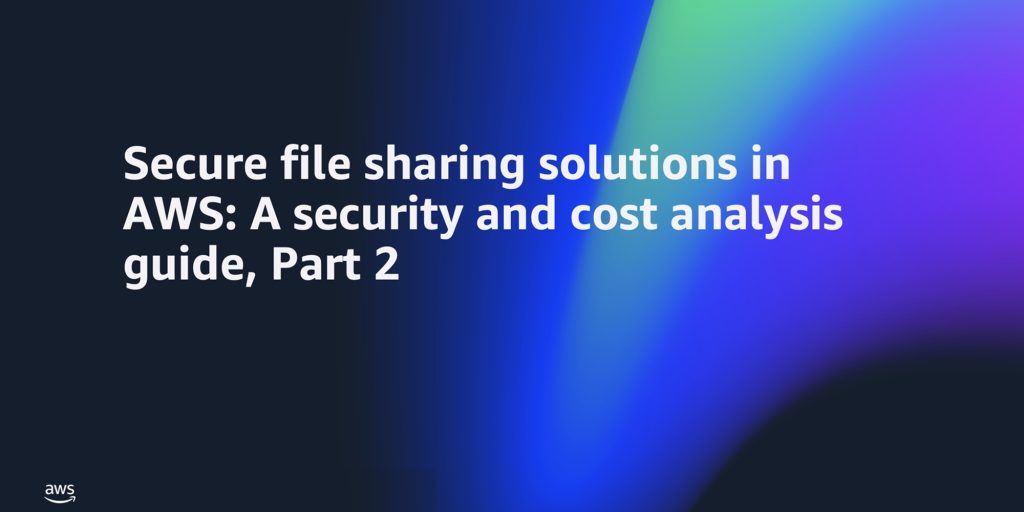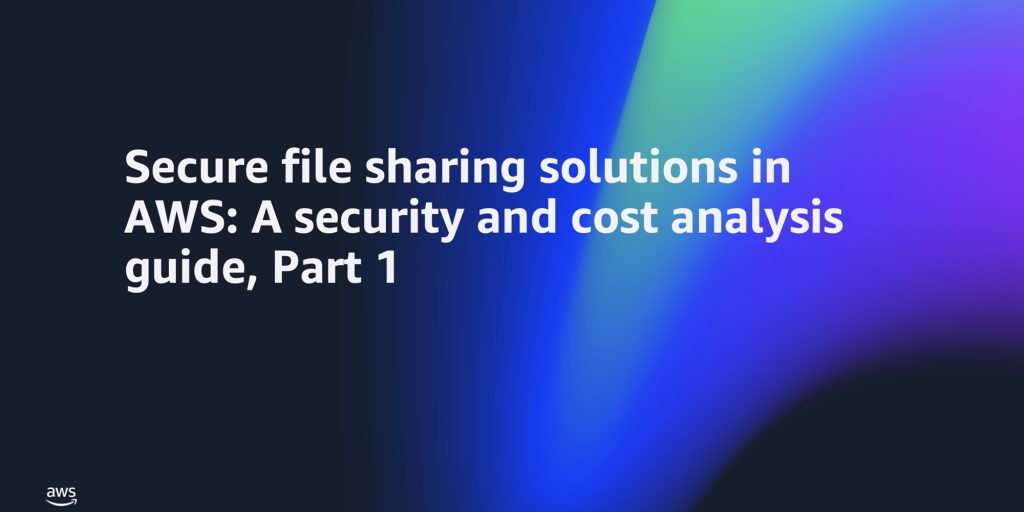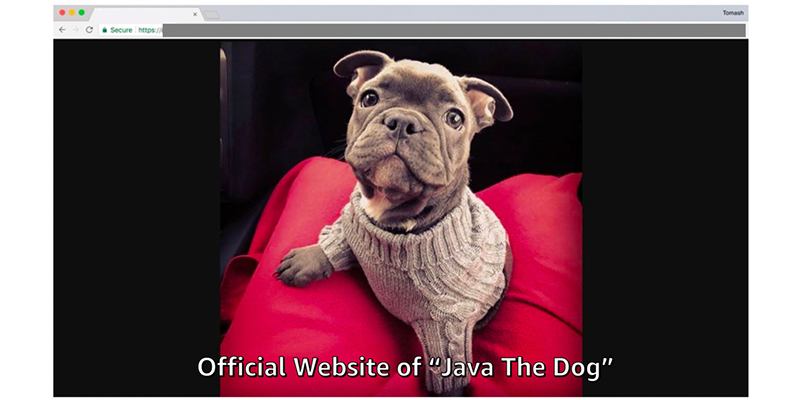AWS Security Blog
Category: Networking & Content Delivery
Secure file sharing solutions in AWS: A security and cost analysis guide: Part 2
As introduced in Part 1 of this series, implementing secure file sharing solutions in AWS requires a comprehensive understanding of your organization’s needs and constraints. Before selecting a specific solution, organizations must evaluate five fundamental areas: access patterns and scale, technical requirements, security and compliance, operational requirements, and business constraints. These areas cover everything from […]
Secure file sharing solutions in AWS: A security and cost analysis guide, Part 1
Securely share sensitive data with time-limited, nonce-enhanced presigned URLs that prevent replay attacks, minimizing exposure risks through granular access controls and rigorous monitoring.
Protect against advanced DNS threats with Amazon Route 53 Resolver DNS Firewall
Every day, millions of applications seamlessly connect users to the digital services they need through DNS queries. These queries act as an interface to the internet’s address book, translating familiar domain names like amazon.com into the IP addresses that computers use to appropriately route traffic. The DNS landscape presents unique security challenges and opportunities in […]
How to help prevent hotlinking using referer checking, AWS WAF, and Amazon CloudFront
Note: This post was first published April 21, 2016. The updated version aligns with the latest version of AWS WAF (AWS WAF v2) and includes screenshots that reflect the changes in the AWS console experience. AWS WAF Classic has been deprecated and will be end-of-life (EOL) in September 2025. This update describes how to use […]
Governing and securing AWS PrivateLink service access at scale in multi-account environments
Amazon Web Services (AWS) customers have been adopting the approach of using AWS PrivateLink to have secure communication to AWS services, their own internal services, and third-party services in the AWS Cloud. As these environments scale, the number of PrivateLink connections outbound to external services and inbound to internal services increase and are spread out […]
How AWS protects customers from DDoS events
At Amazon Web Services (AWS), security is our top priority. Security is deeply embedded into our culture, processes, and systems; it permeates everything we do. What does this mean for you? We believe customers can benefit from learning more about what AWS is doing to prevent and mitigate customer-impacting security events. Since late August 2023, […]
Access accounts with AWS Management Console Private Access
December 7, 2023: This blog has been updated to include a paragraph about using aws:SourceVpc IAM condition context key in endpoint policies. AWS Management Console Private Access is an advanced security feature to help you control access to the AWS Management Console. In this post, I will show you how this feature works, share current […]
Automatically detect and block low-volume network floods
In this blog post, I show you how to deploy a solution that uses AWS Lambda to automatically manage the lifecycle of Amazon VPC Network Access Control List (ACL) rules to mitigate network floods detected using Amazon CloudWatch Logs Insights and Amazon Timestream. Application teams should consider the impact unexpected traffic floods can have on an application’s availability. Internet-facing applications can […]
How to use AWS Verified Access logs to write and troubleshoot access policies
On June 19, 2023, AWS Verified Access introduced improved logging functionality; Verified Access now logs more extensive user context information received from the trust providers. This improved logging feature simplifies administration and troubleshooting of application access policies while adhering to zero-trust principles. In this blog post, we will show you how to manage the Verified Access […]
Deploy a dashboard for AWS WAF with minimal effort
July 30, 2025: AWS rolled out the Traffic Overview dashboard, which delivers near-real-time CloudWatch metrics summaries for AWS WAF. This new dashboard includes comprehensive monitoring of various metrics such as total requests, blocked requests, bot categories, CAPTCHA solve rates, and top 10 matched rules. Additionally, in January 2025, AWS launched the Top Insights section, specifically […]









